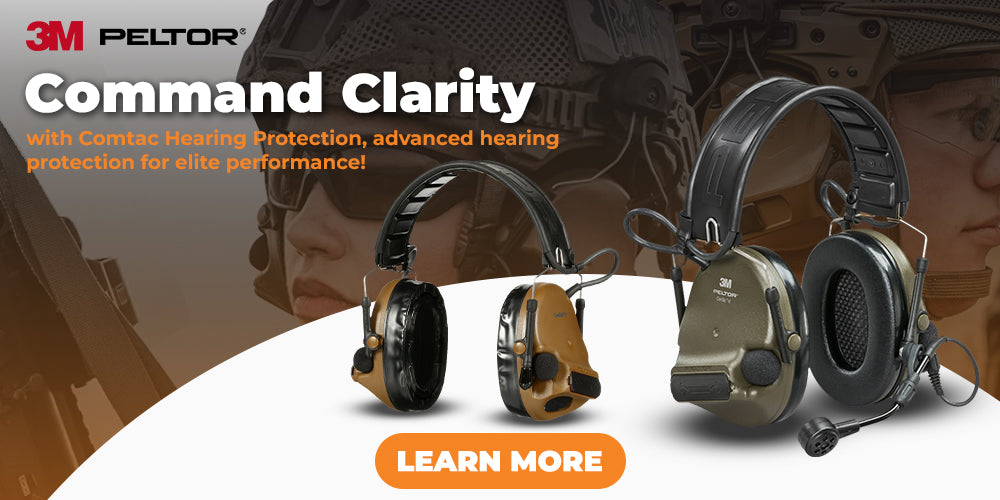
Essential Safety Vests
Showing 1 - 31 of 31 products
Display
View


Safety Main 05EAMYZ Economy Vest, Class 2, All Mesh, Hi-Vis Yellow, 1 Each
Sale price$4.99
Regular price$5.49


Safety Main 05EAMO Economy Vest, Class 2, All Mesh, Hi-Vis Orange, 1 Each
Sale price$4.99
Regular price$5.49


Radians SV2ZGM Economy Type R Class 2 Mesh Safety Vest with Zipper, Hi-Vis Yellow, 1 Each
Sale price$7.49
Regular price$8.24


Safety Main 05TTSYZ Surveyor Vest, Class 2, Solid Front , Mesh Back, Hi-Vis Yellow, 1 Each
Sale price$6.99
Regular price$7.69


Safety Main 05TTSOZ Surveyor Vest, Class 2, Solid Front, Mesh Back, Hi-Vis Orange, 1 Each
Sale price$6.99
Regular price$7.69
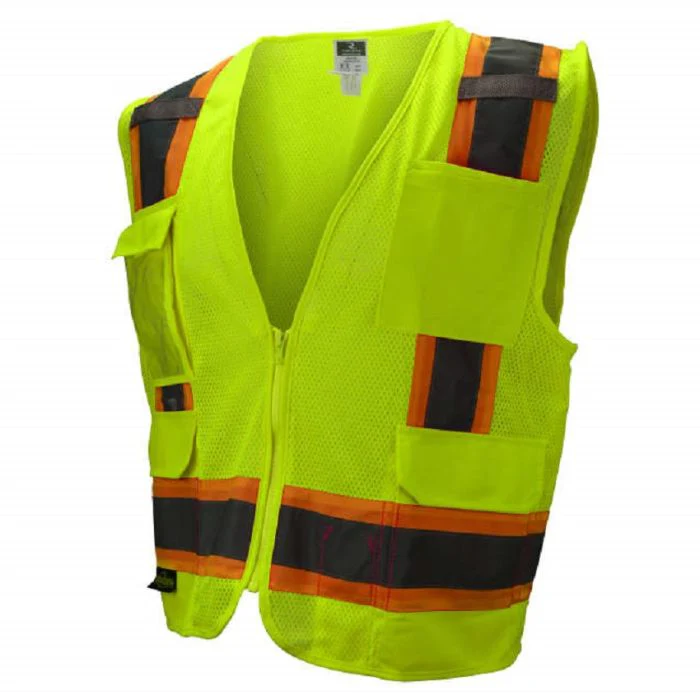
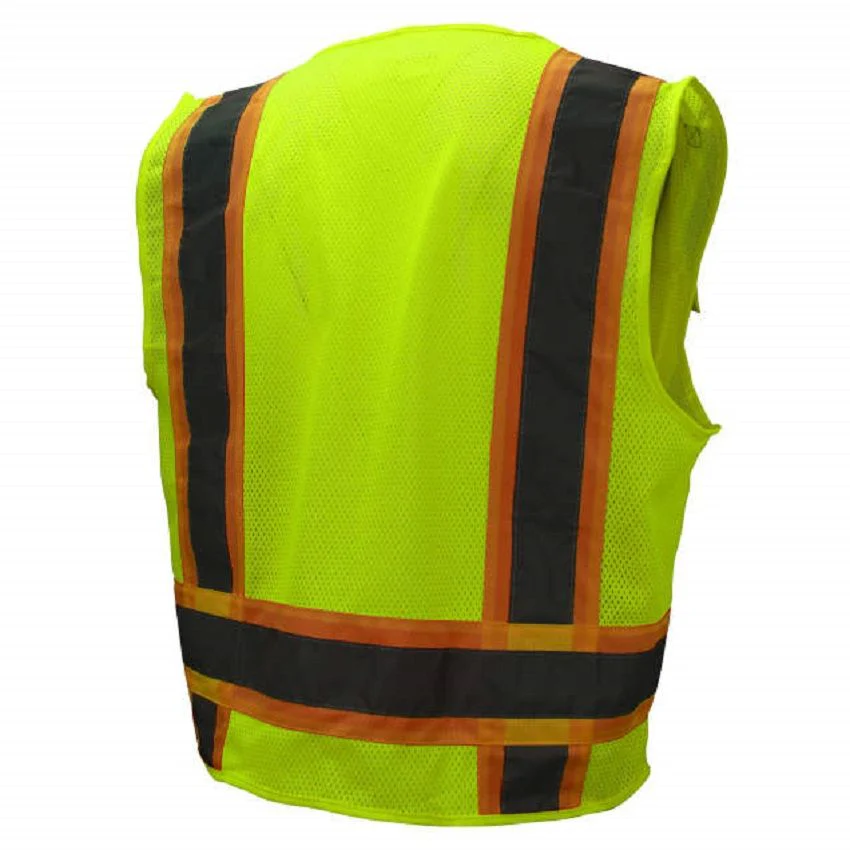
Radians SV6-2ZGM Type R Class 2 Surveyor Mesh Safety Vest, Hi-Vis Green, 1 Each
Sale price$17.29
Regular price$19.02
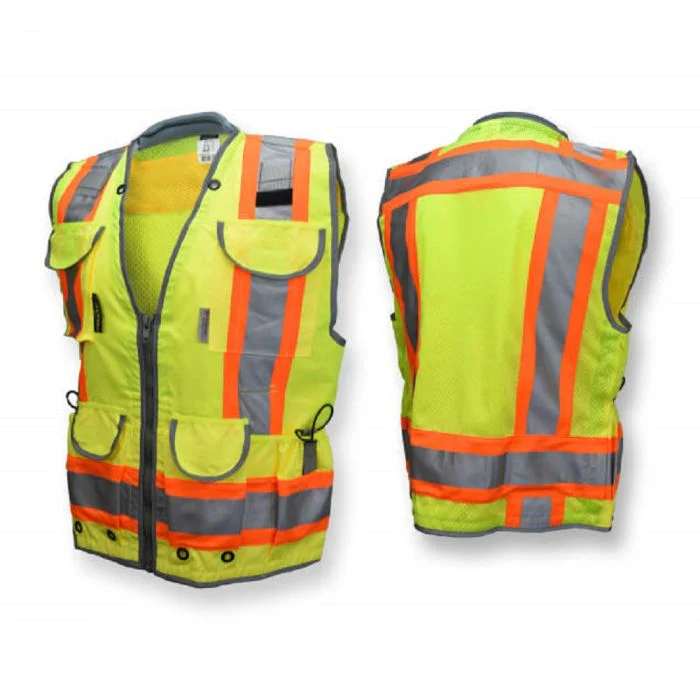
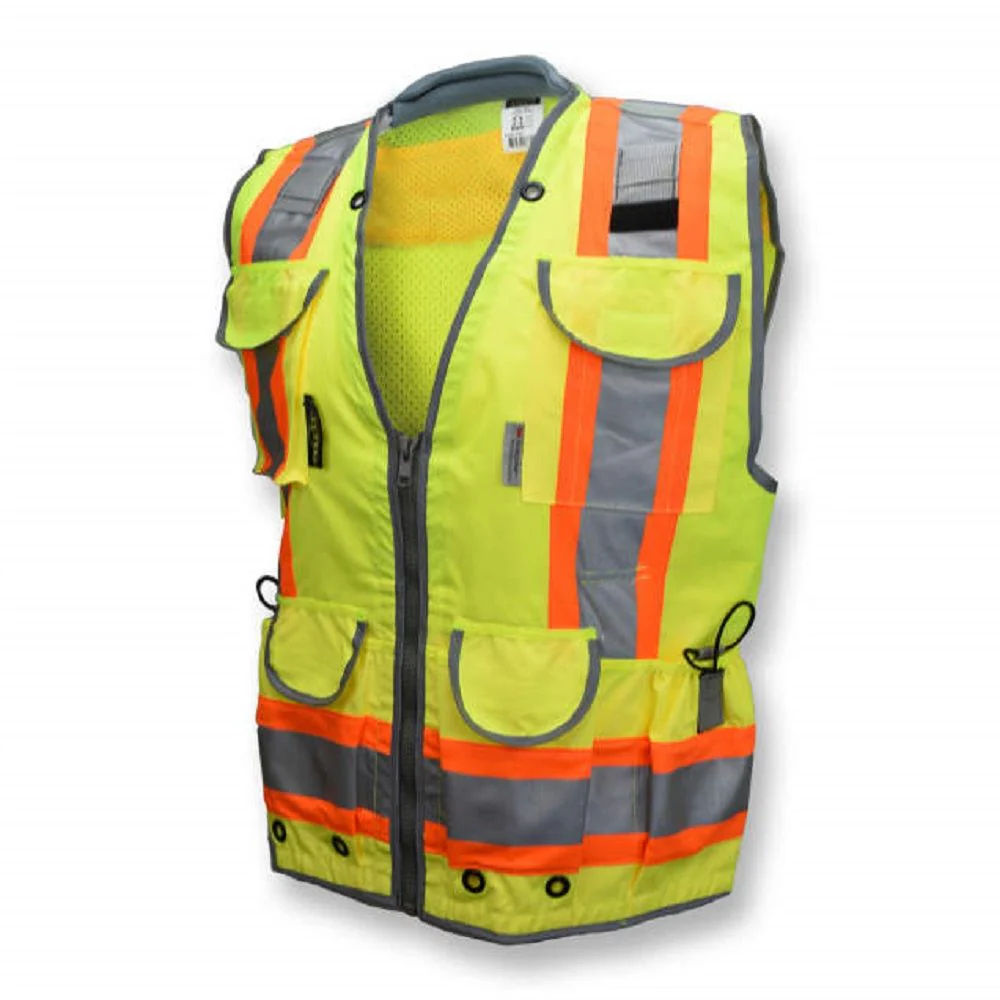
Radians SV55-2ZGD Class 2 Heavy Woven Two-Tone Engineer Vest, Hi-Vis Green, 1 Each
Sale priceFrom $60.69
Regular price$66.76
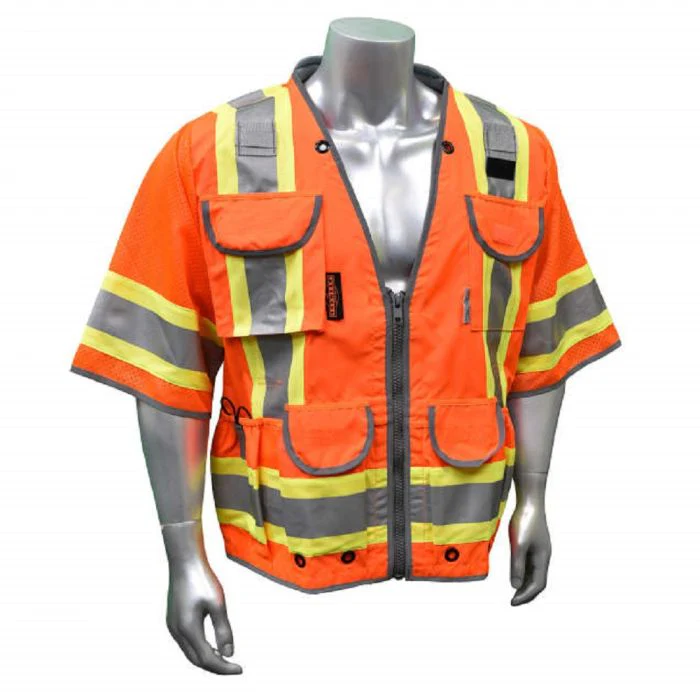
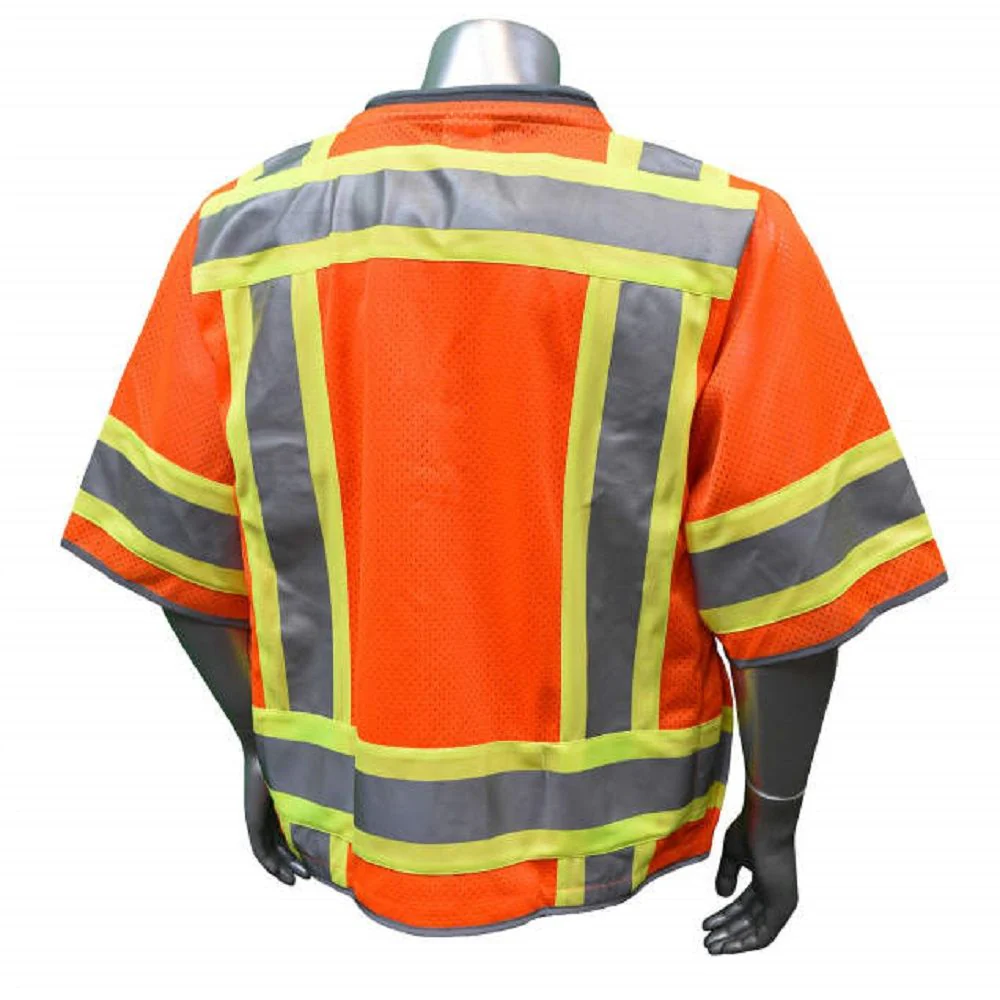
Radians SV55-3ZOD Class 3 Heavy Woven Two-Tone Engineer Vest, Hi-Vis Orange, 1 Each
Sale price$83.19
Regular price$91.51
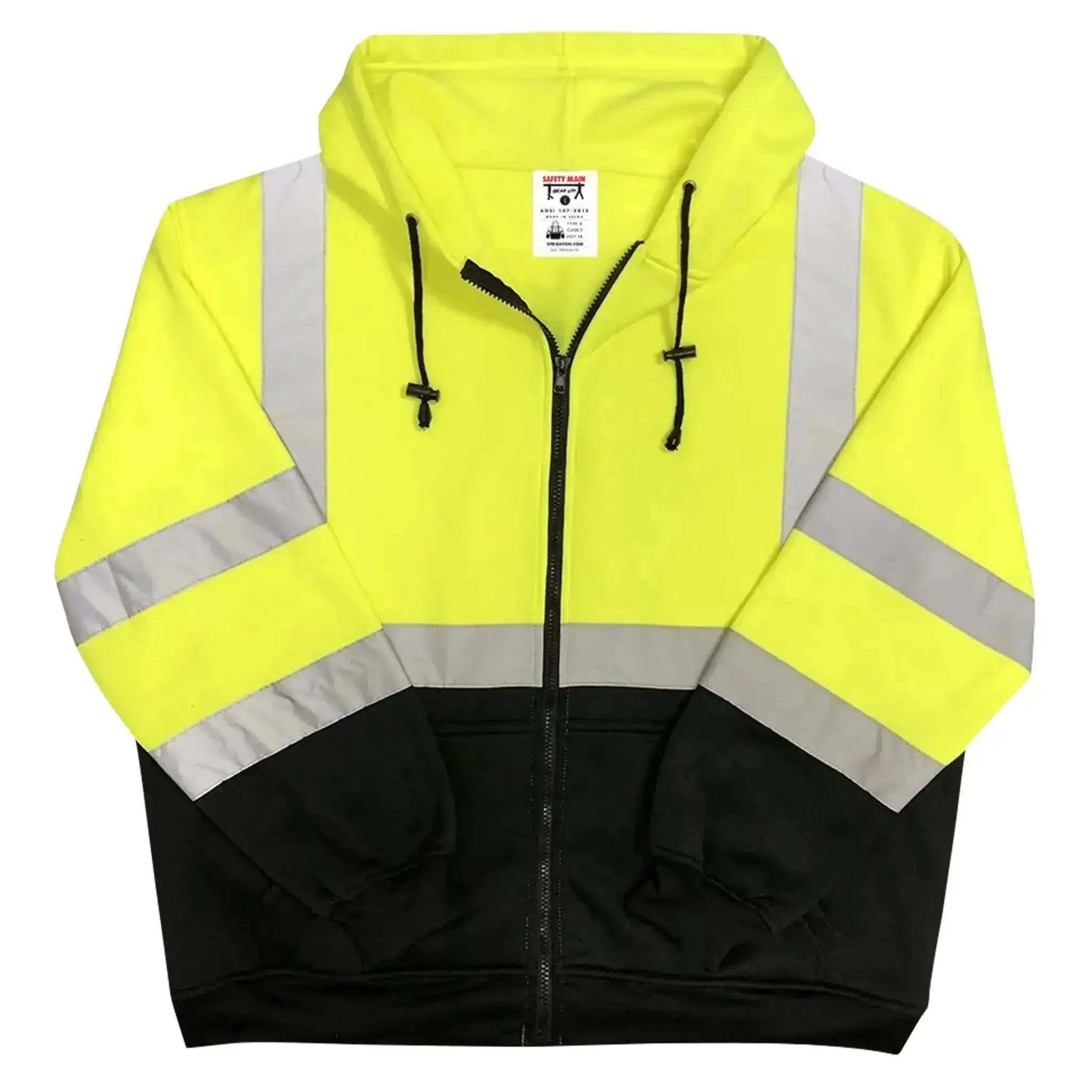
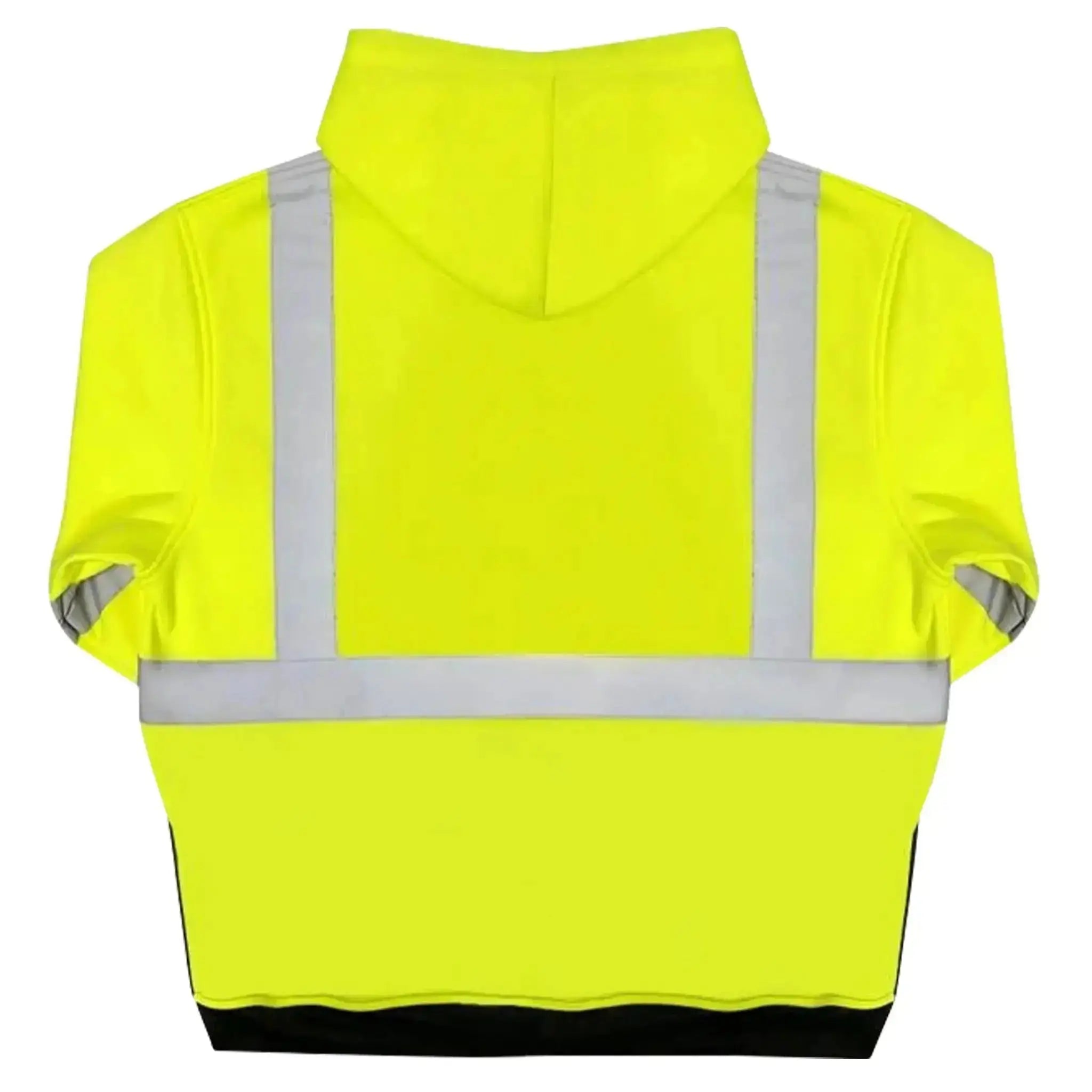
Safety Main 05LWJYB Lightweight Jacket, Class 3, Hi-Vis Yellow with Black Bottom, 1 Each
Sale price$19.99
Regular price$21.99


Radians SV2ZOM Economy Type R Class 2 Mesh Safety Vest with Zipper, Hi-Vis Orange, 1 Each
Sale priceFrom $6.29
Regular price$6.92
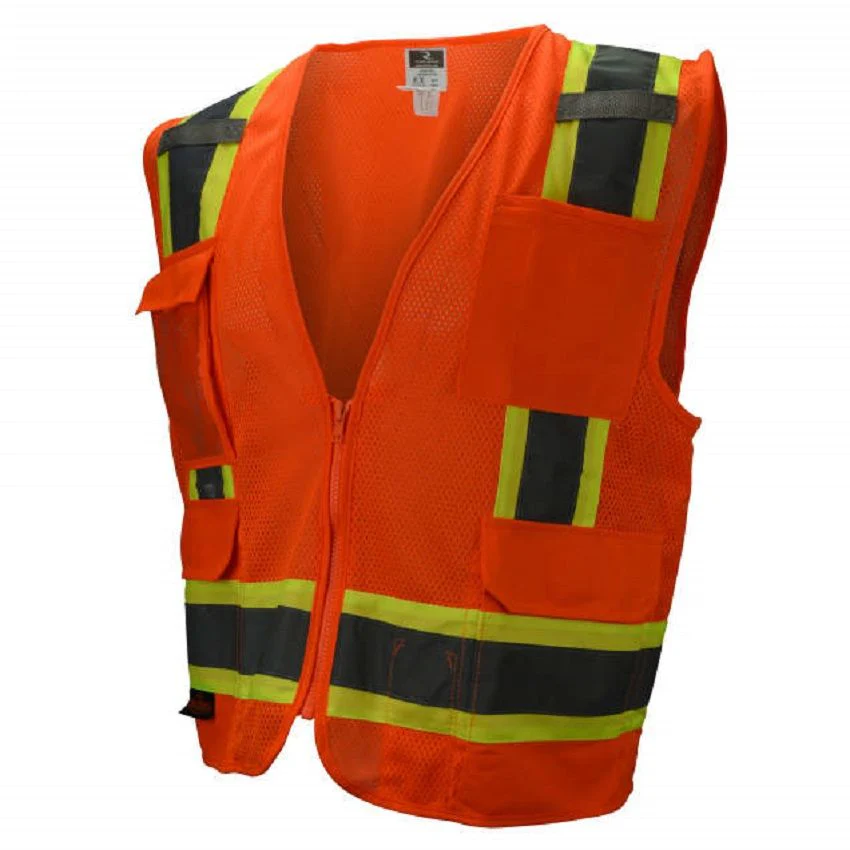
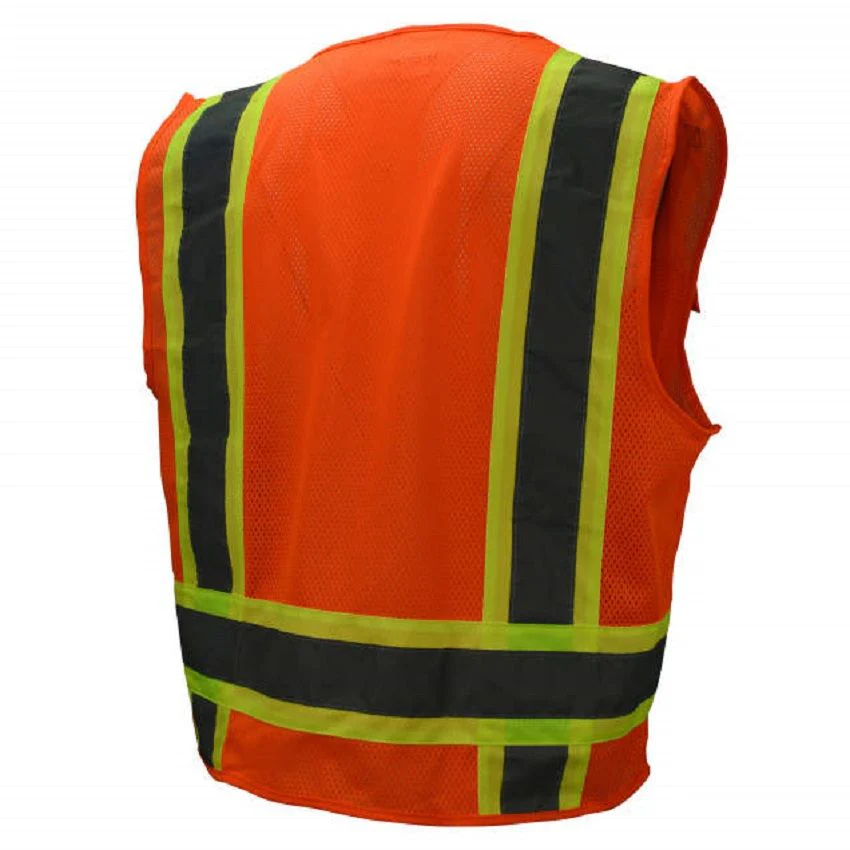
Radians SV6-2ZOM Type R Class 2 Surveyor Mesh Safety Vest, Hi-Vis Orange, 1 Each
Sale price$17.29
Regular price$19.02
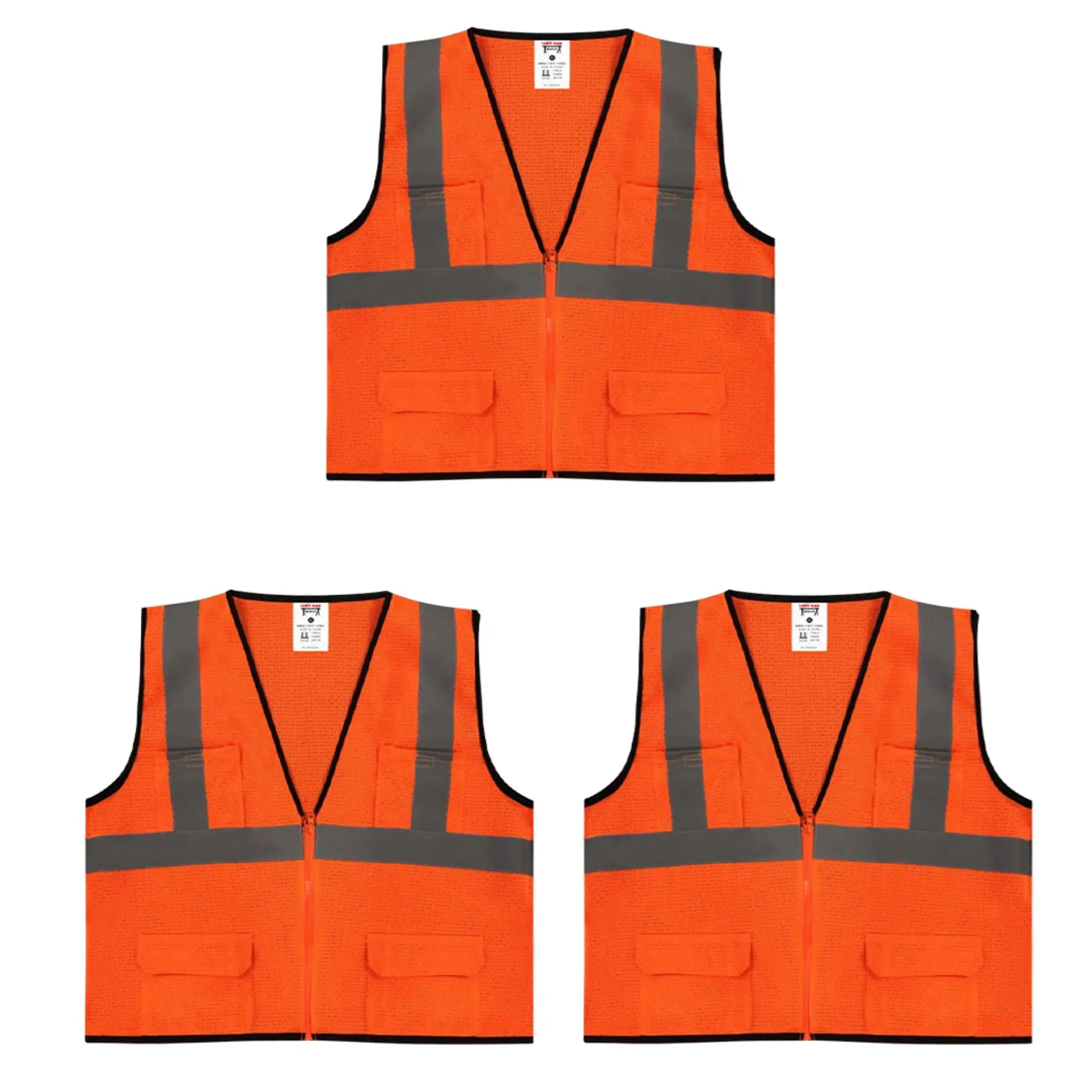

Safety Main 05EAMO Economy Vest, Class 2, All Mesh, Hi-Vis Orange, Pack of 3
Sale price$14.99
Regular price$16.49
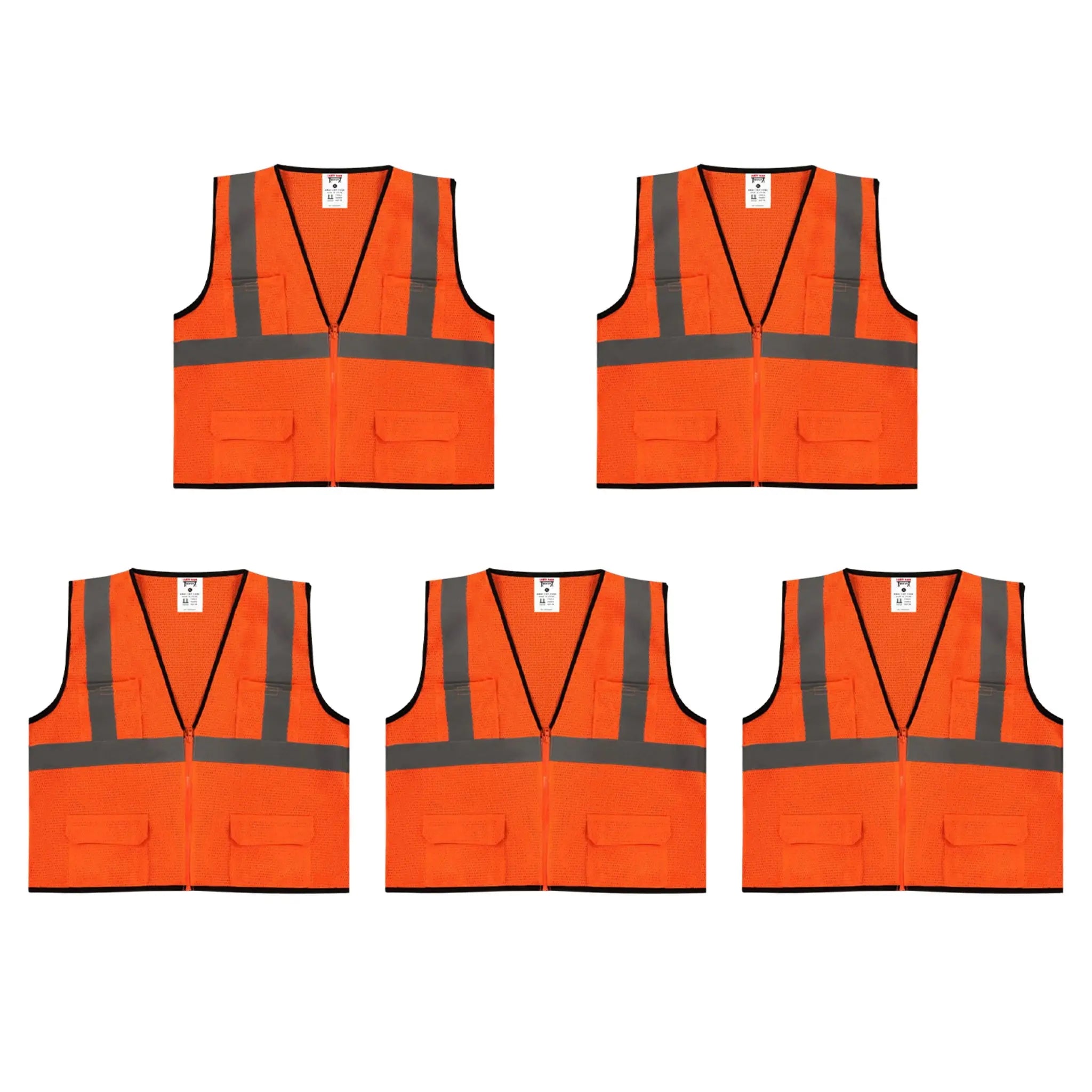

Safety Main 05EAMO Economy Vest, Class 2, All Mesh, Hi-Vis Orange, Pack of 5
Sale price$24.99
Regular price$27.49
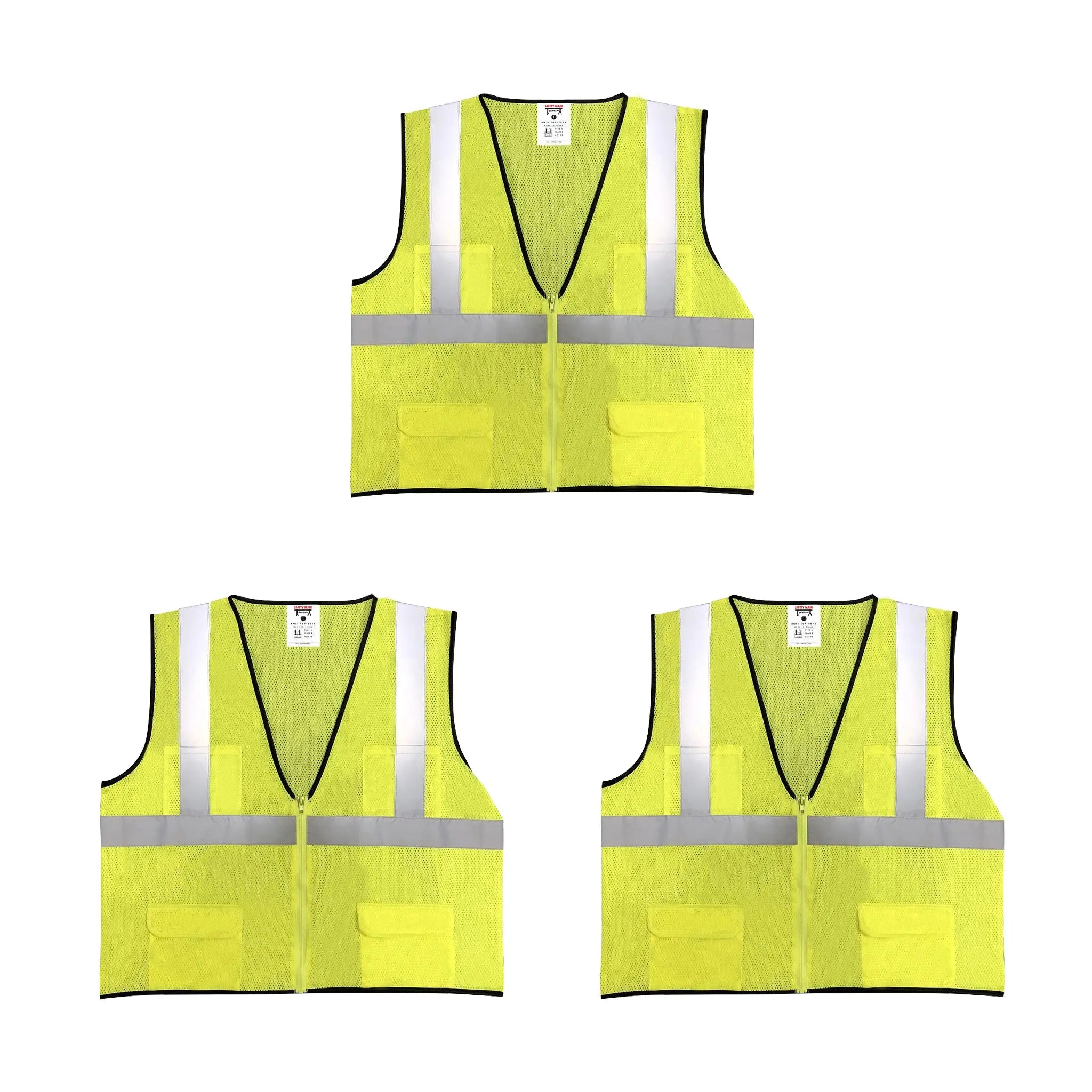
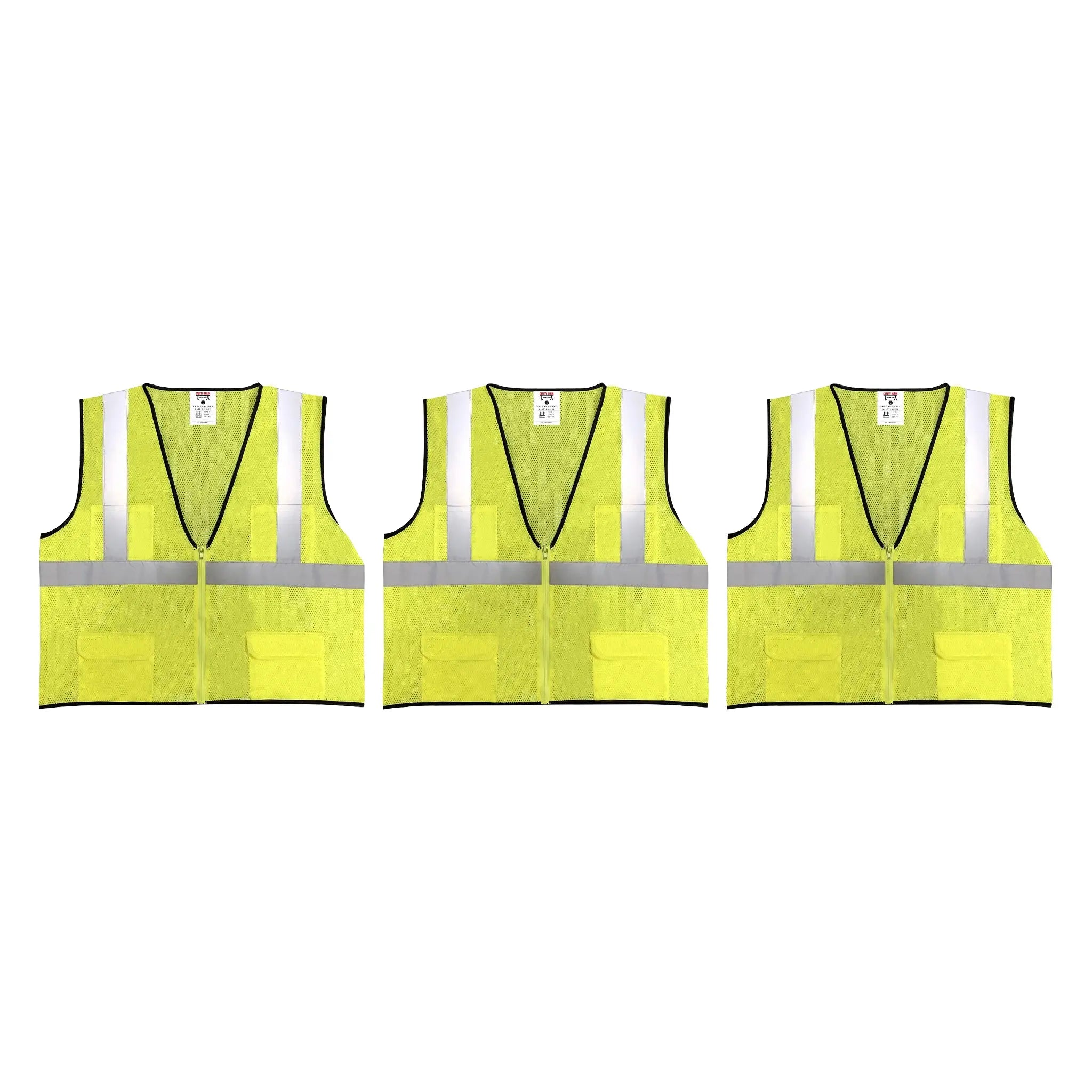
Safety Main 05EAMYZ Economy Vest, Class 2, All Mesh, Hi-Vis Yellow, Pack of 3
Sale price$14.99
Regular price$16.49


Safety Main 05EAMYZ Economy Vest, Class 2, All Mesh, Hi-Vis Yellow, Pack of 5
Sale price$24.99
Regular price$27.49
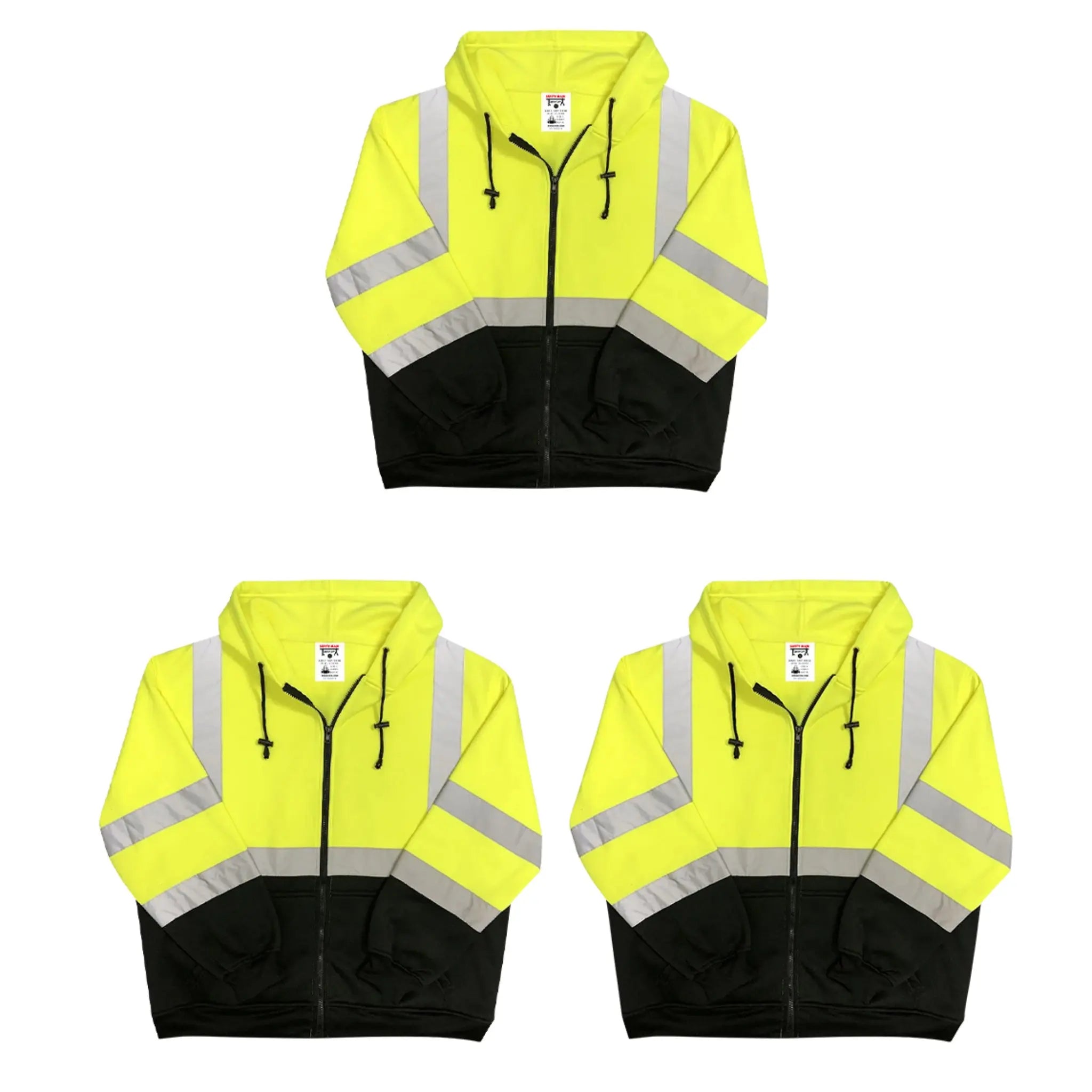

Safety Main 05LWJYB Lightweight Jacket, Class 3, Hi-Vis Yellow with Black Bottom, Pack of 3
Sale price$44.99
Regular price$49.49
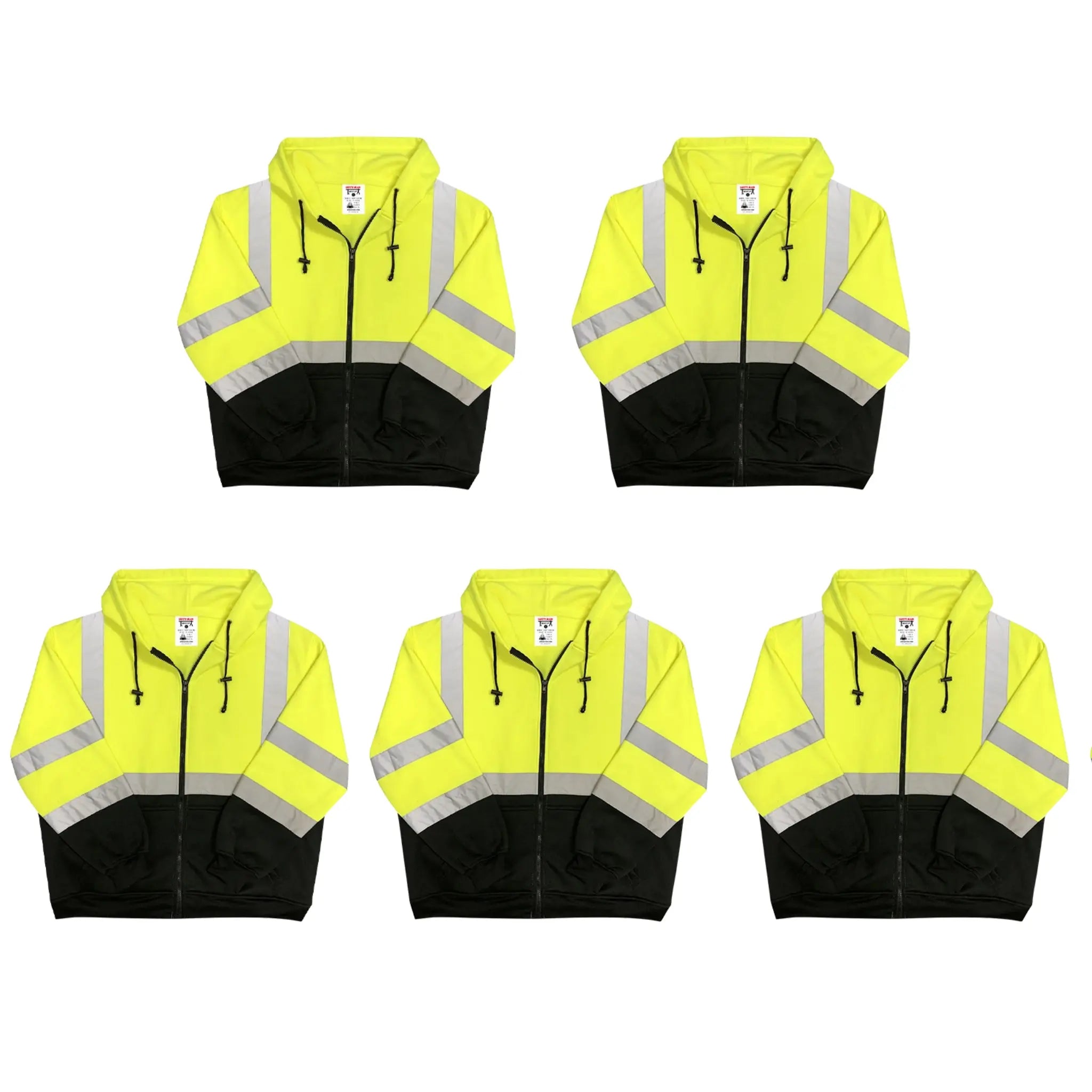

Safety Main 05LWJYB Lightweight Jacket, Class 3, Hi-Vis Yellow with Black Bottom, Pack of 5
Sale price$69.99
Regular price$76.99
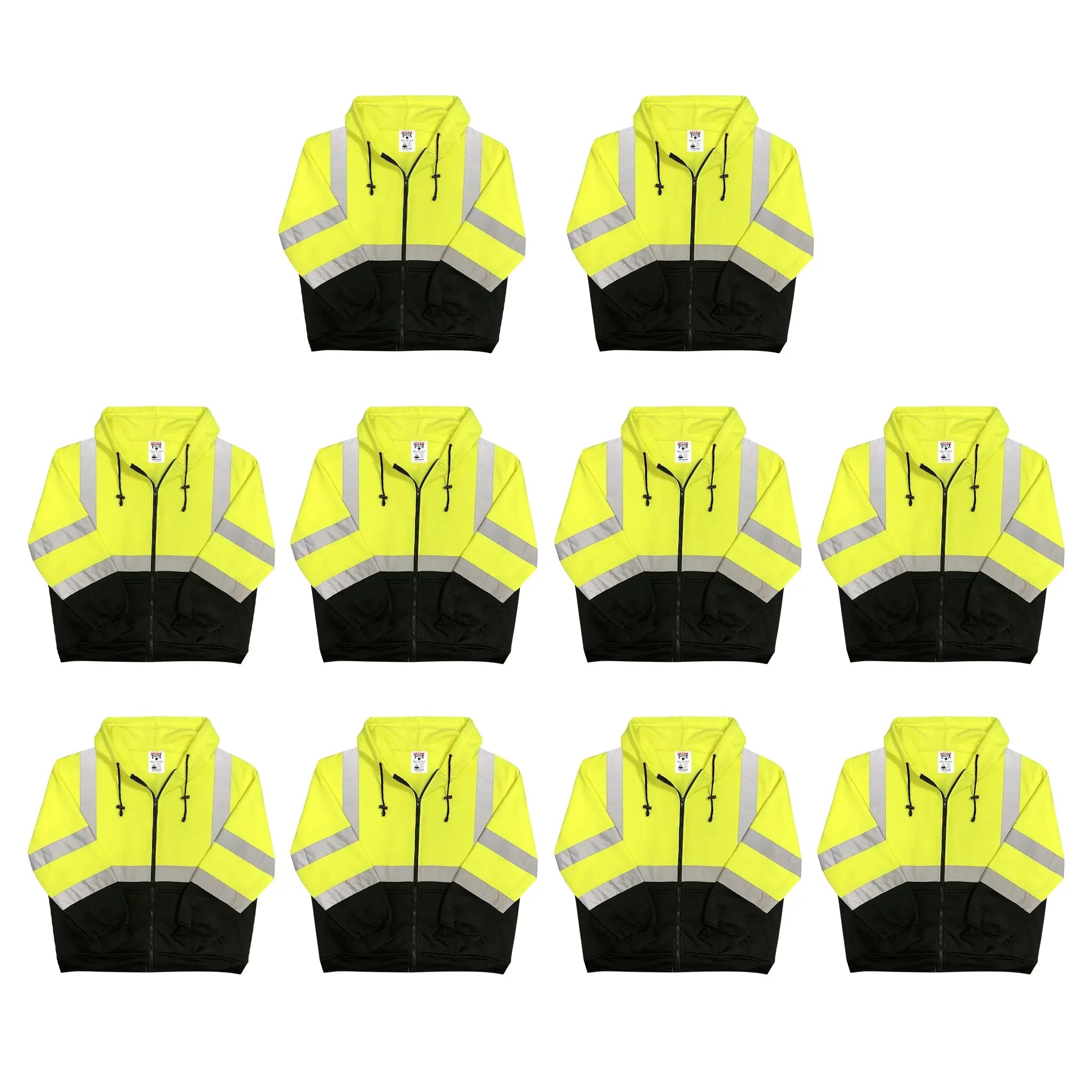

Safety Main 05LWJYB Lightweight Jacket, Class 3, Hi-Vis Yellow with Black Bottom, Pack of 10
Sale price$139.99
Regular price$153.99
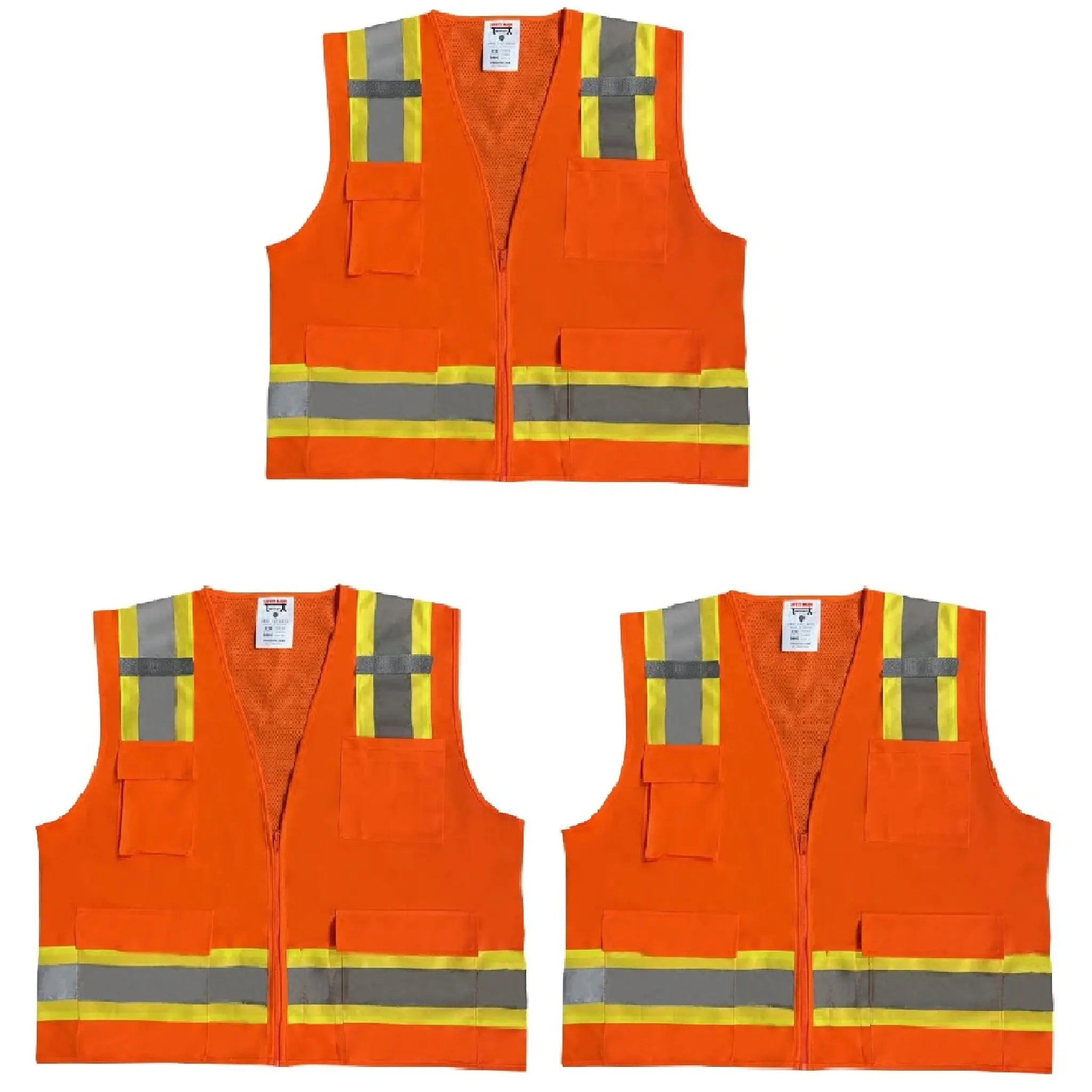

Safety Main 05TTSOZ Surveyor Vest, Class 2, Solid Front, Mesh Back, Hi-Vis Orange, Pack of 3
Sale price$19.99
Regular price$21.99
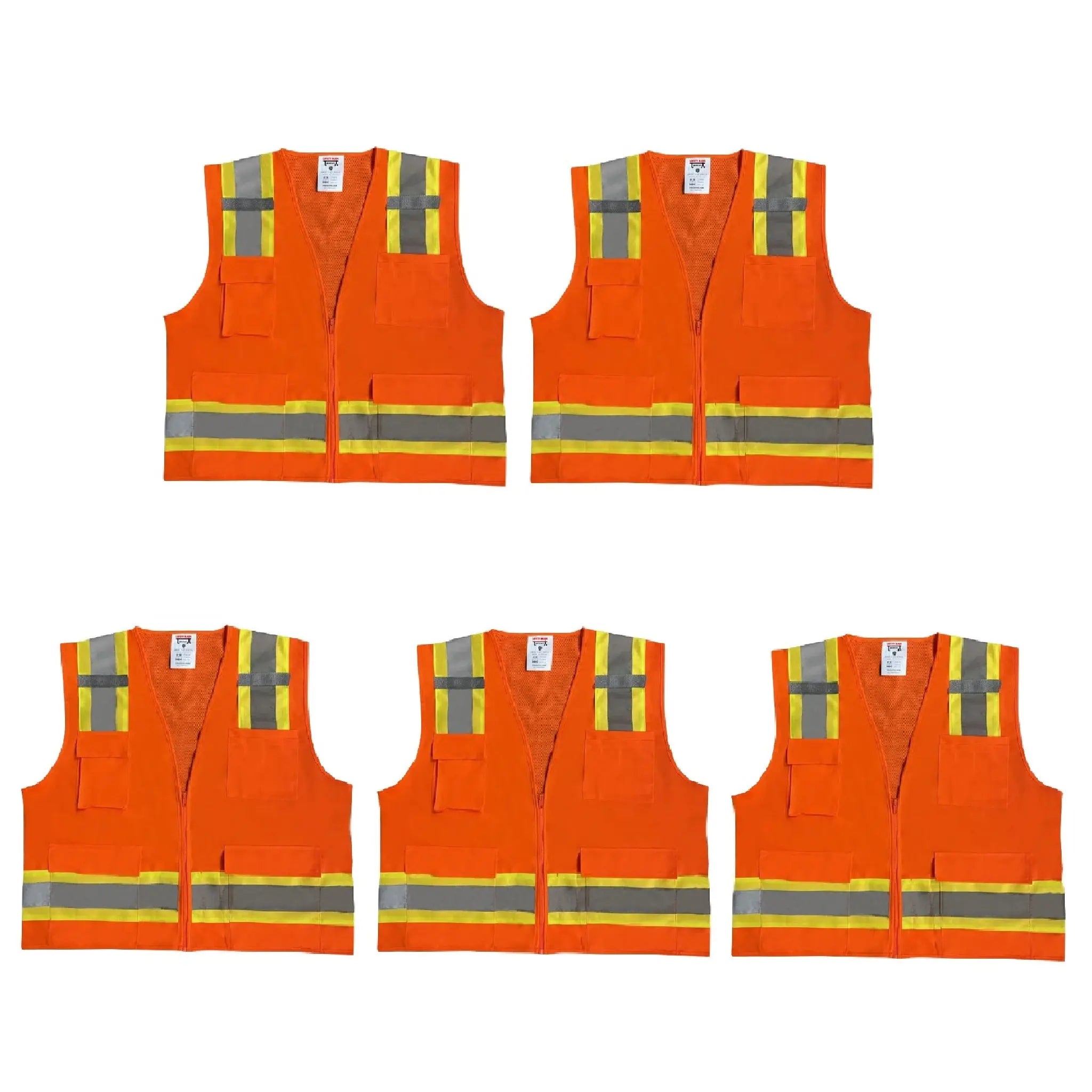

Safety Main 05TTSOZ Surveyor Vest, Class 2, Solid Front, Mesh Back, Hi-Vis Orange, Pack of 5
Sale price$29.99
Regular price$32.99
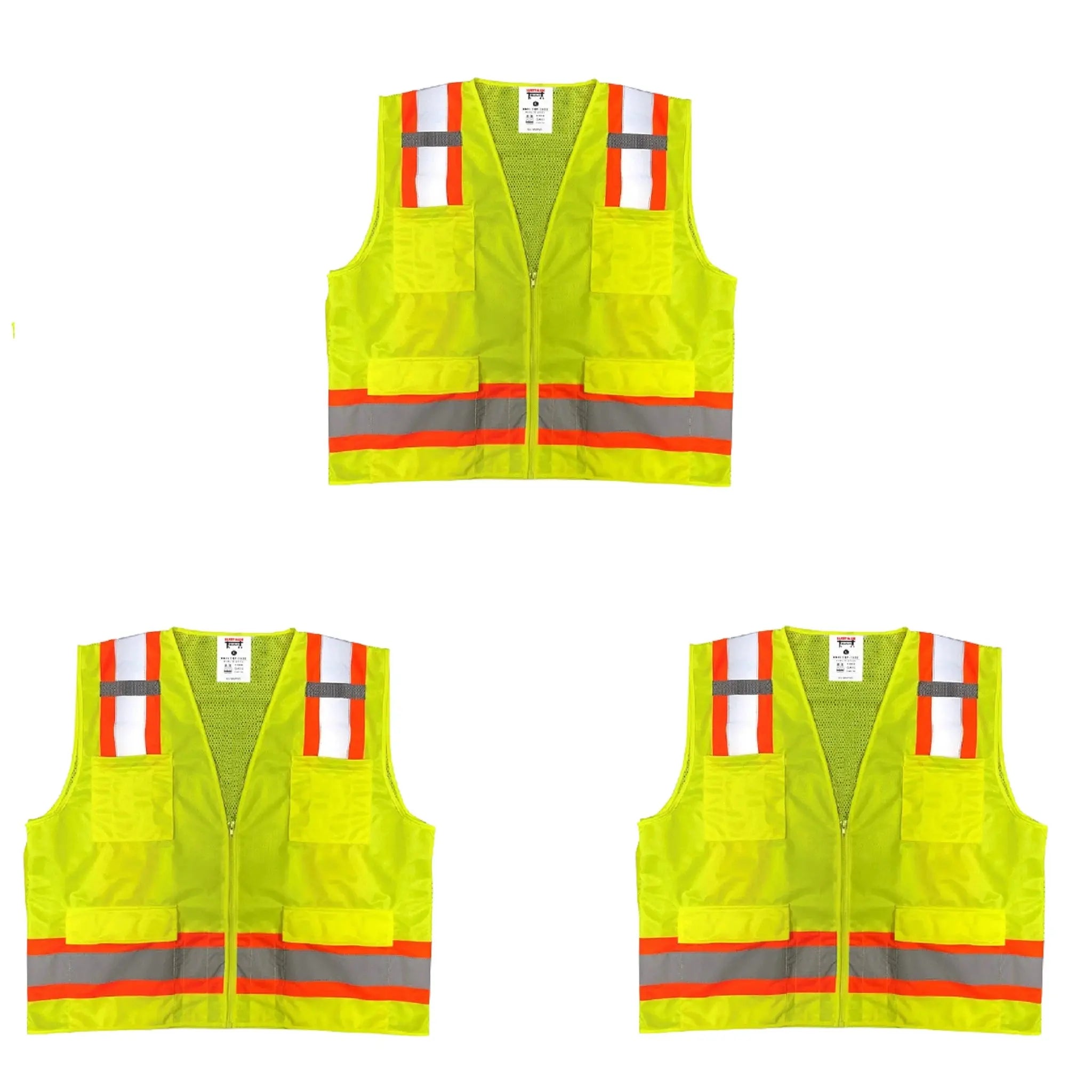

Safety Main 05TTSYZ Surveyor Vest, Class 2, Solid Front, Mesh Back, Hi-Vis Yellow, Pack of 3
Sale price$19.99
Regular price$21.99
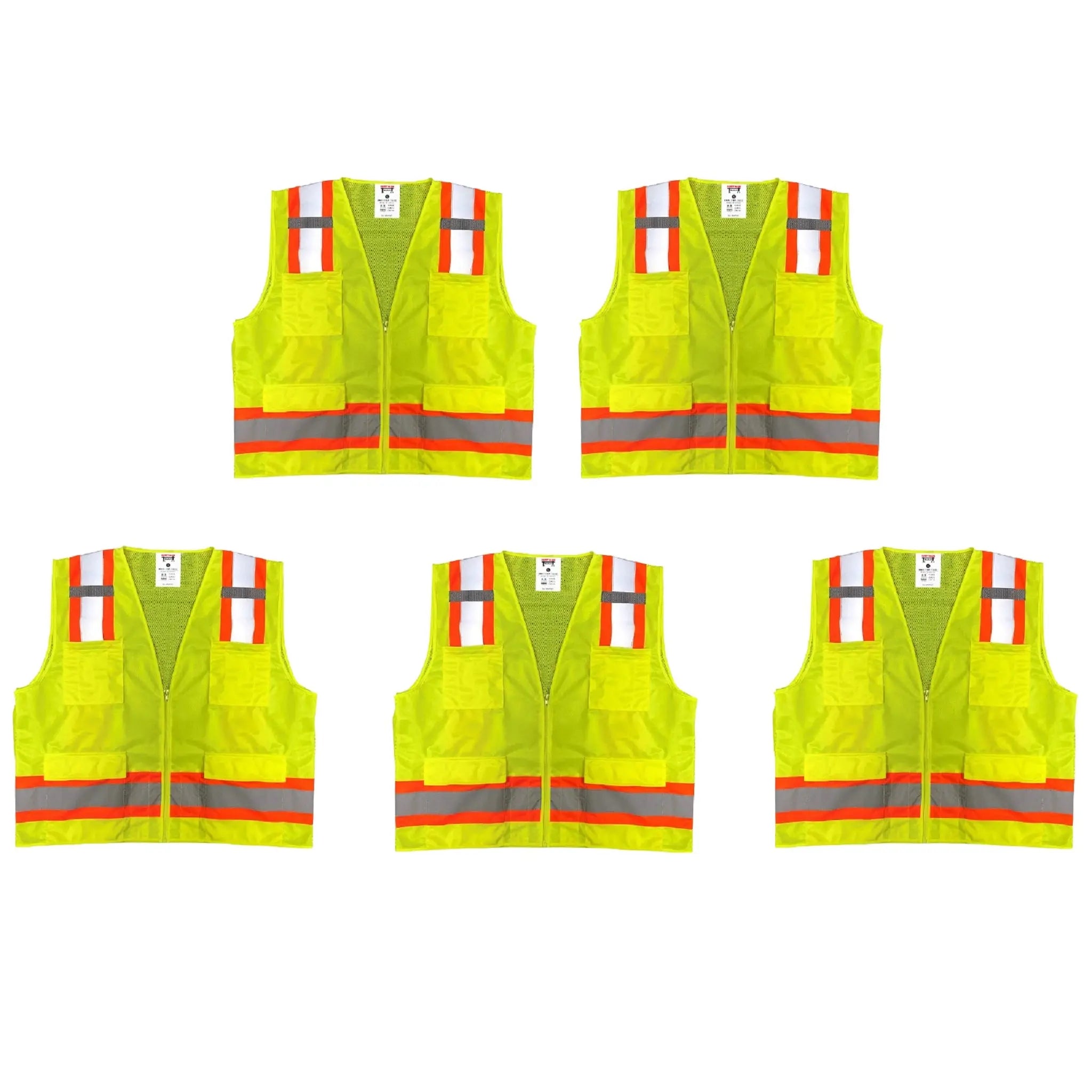

Safety Main 05TTSYZ Surveyor Vest, Class 2, Solid Front, Mesh Back, Hi-Vis Yellow, Pack of 5
Sale price$29.99
Regular price$32.99


FREE SAMPLE: Safety Main Economy Vest, Hi-Vis Yellow, Limit 1
Sale price$0.00
Regular price$5.99


FREE SAMPLE: Safety Main Economy Vest, Hi-Vis Orange, Limit 1
Sale price$0.00
Regular price$7.99


FREE SAMPLE: Safety Main Surveyor Vest, Class 2, Hi-Vis Yellow, Limit 1
Sale price$0.00
Regular price$9.99


FREE SAMPLE: Safety Main Surveyor Vest, Class 2, Hi-Vis Orange, Limit 1
Sale price$0.00
Regular price$9.99


FREE SAMPLE: Safety Main Lightweight Jacket, Class 3, Hi-Vis Yellow, Limit 1
Sale price$0.00
Regular price$24.99


Safety Main 05EAMYZ Economy Vest, Class 2, All Mesh, Hi-Vis Yellow, Pack of 10
Sale price$49.99
Regular price$54.99


Safety Main 05EAMO Economy Vest, Class 2, All Mesh, Hi-Vis Orange, Pack of 10
Sale price$49.99
Regular price$54.99


Safety Main 05TTSYZ Surveyor Vest, Class 2, Solid Front, Mesh Back, Hi-Vis Yellow, Pack of 10
Sale price$59.99
Regular price$65.99


Safety Main 05TTSOZ Surveyor Vest, Class 2, Solid Front, Mesh Back, Hi-Vis Orange, Pack of 10
Sale price$59.99
Regular price$65.99
Stay visible and be safe at work with essential safety vests from Safety Main, Radians and more. Whether you're working in construction, road maintenance, or any other high-risk environment, our safety vests ensure you're seen on the jobsite and come home safe at the end of each day.
Filters (0)




